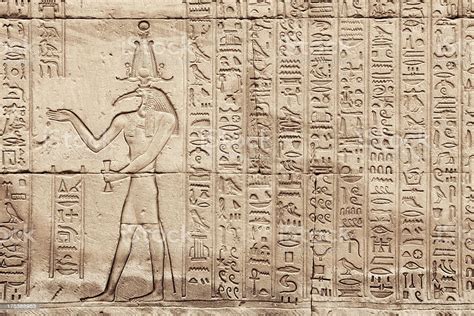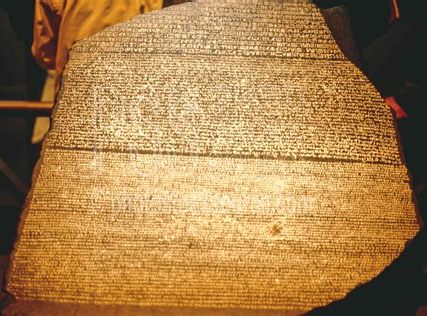|
home | what's new | other sites | contact | about |
||||
|
Word Gems exploring self-realization, sacred personhood, and full humanity
Quantum Mechanics
return to "Quantum Mechanics" main-page
The simple water wave is a common feature of our world.
It's easy to make waves. The bobbing green ball is a wave maker.
But let's look at what happens with two green balls, two wave makers.
the interference pattern The waves from the two green balls spread out, but, as they do, they start interfering with each other. Sometimes, when the two waves meet, they strengthen each other and make a stronger wave ("constructive interference"). But, at other times, the two waves cancel each other out ("destructive interference"). Can you see, forming, the lines of "calm waters," like spokes radiating from the center of a wheel, where the two waves have canceled each other out? Here we see a highlighted version of the canceled-out waves. All this is not unusual. Many people, for a very long time, have noticed these patterns. But, what was not known is that light - if it's a wave - might also create these same patterns. The provocative title of this book suggests just how brilliant was Thomas Young (1773 – 1829). His resume reads like Swedenborg’s. An accomplished British physician, Young was not content with discoveries in the health-care field, which alone were very noteworthy, but this Renaissance Man also provided eclectic advancement in the fields of light, solid mechanics, energy, language, musical harmony, and – most impressively – Egyptology.
He made significant contributions to the deciphering of Egyptian hieroglyphs (left) which lead to the unraveling of mysteries contained in the Rosetta Stone (right).
and in his spare time he constructed history’s first double-slit experiment Editor’s note: The year of the experiment was circa. 1804. There seems to be debate concerning the exact year. In this photograph as animation of Dr. Young in his lab, we see that he's set up three pieces of cardboard.
The first piece of cardboard has one slit in it; the second cardboard has two slits, and the third cardboard at the back, like a movie screen, will register the results of the light passing through the first two barriers.
if light is a particle, as Newton said, then Young would expect to find two points or areas of light at the back, one point for each of the two slits in the middle cardboard - but that's not what he saw He beheld not two points of light but an interference pattern! Let us quickly remind ourselves what produces an interference pattern. When a wave pass through two slits, two new waves are produced -- this is like the two green balls (above), each producing a ripple pattern. These two new waves now start to spread out and, as they do, they interfere with each other; some waves are strengthened and some are cancelled out. When the final barrier is reached, the cancelled-out areas register as "no activity," or "dark lines; in fact, there will be an alternation of "activity" and "no activity." And this is what Dr. Young saw: Waves make this kind of pattern - not particles. This was the first double-slit experiment in history. And Dr. Young provided extremely compelling evidence that light is a wave. And this is why Max Planck in 1900 was loath to suggest that light is a particle.
|
||||
|
|

